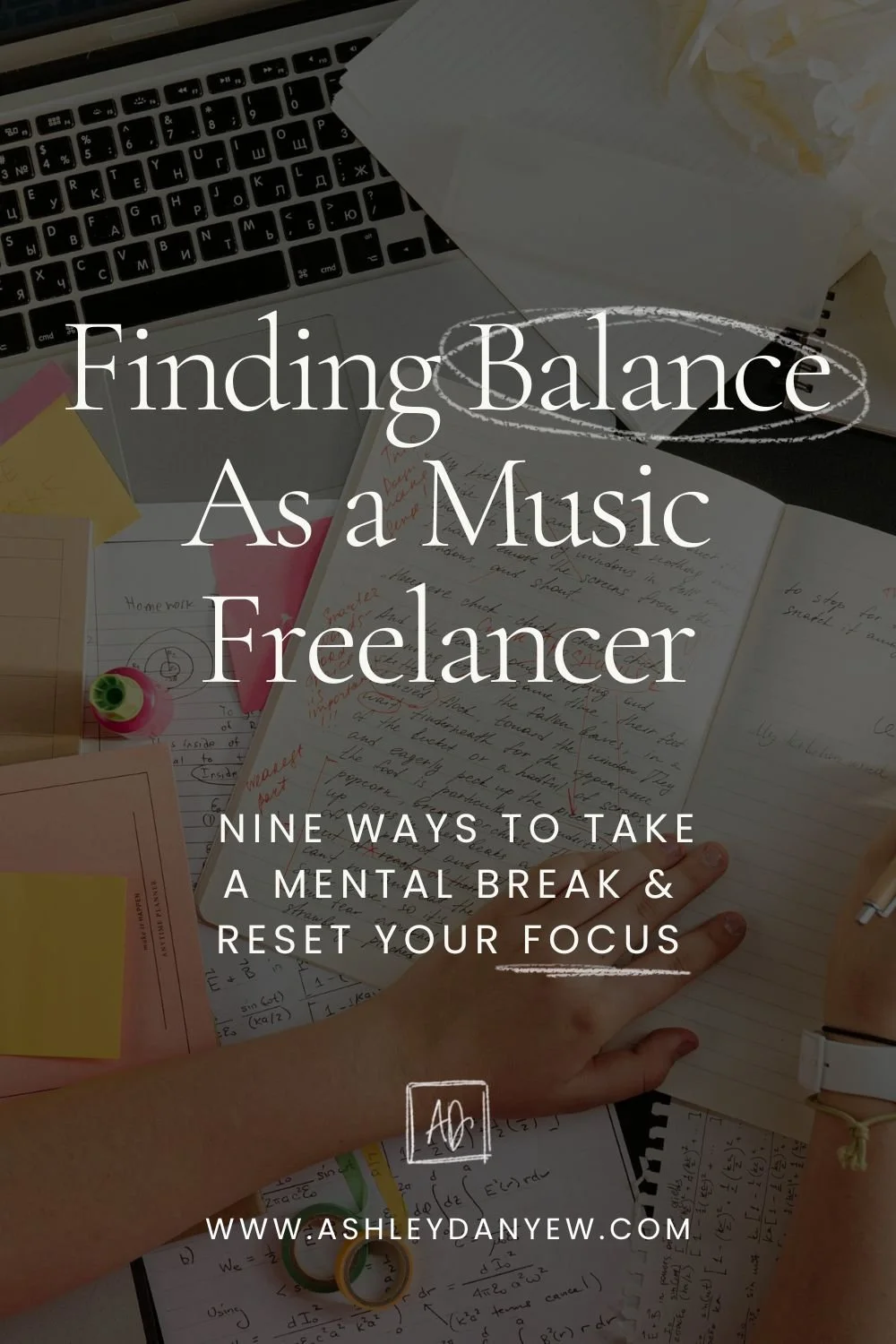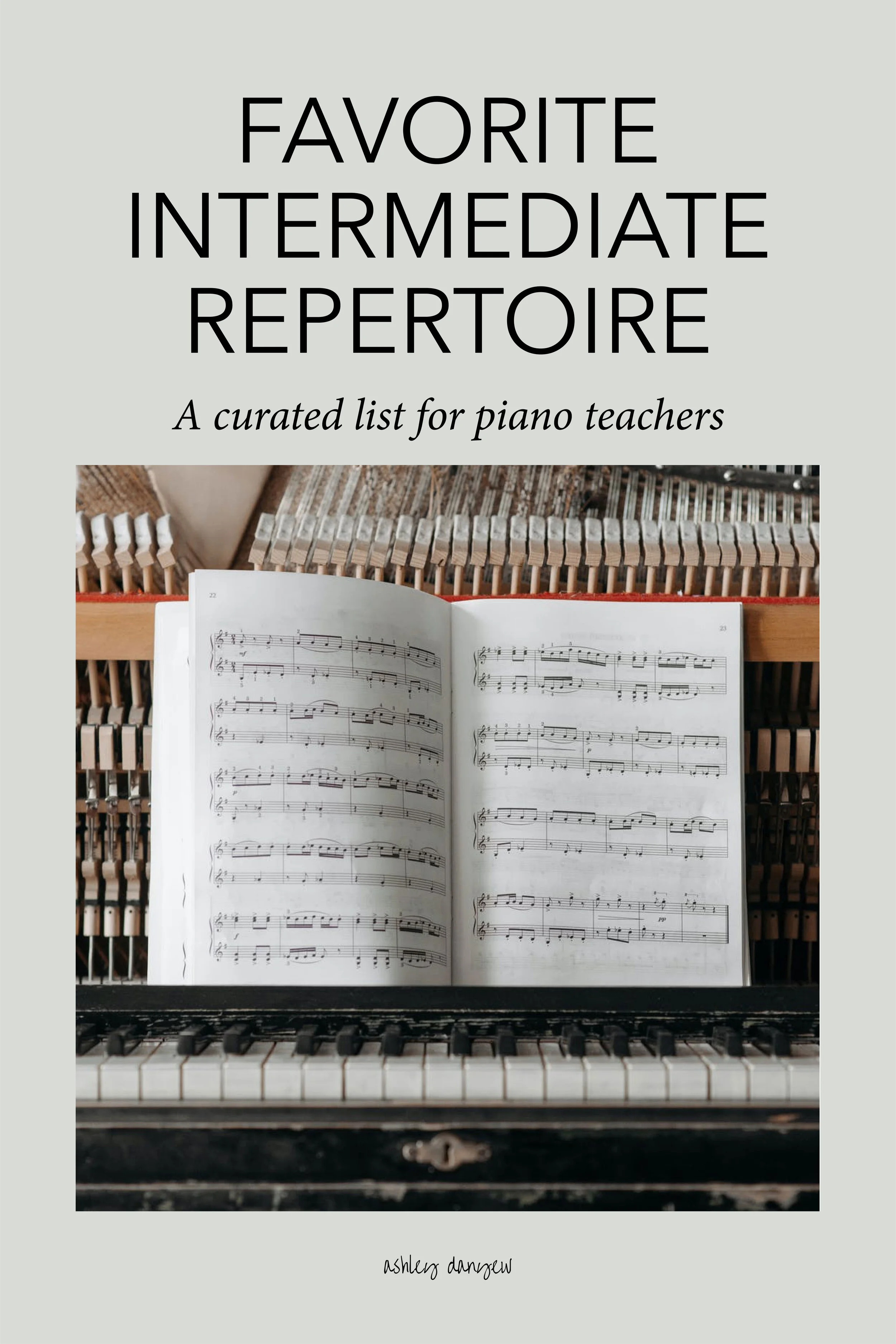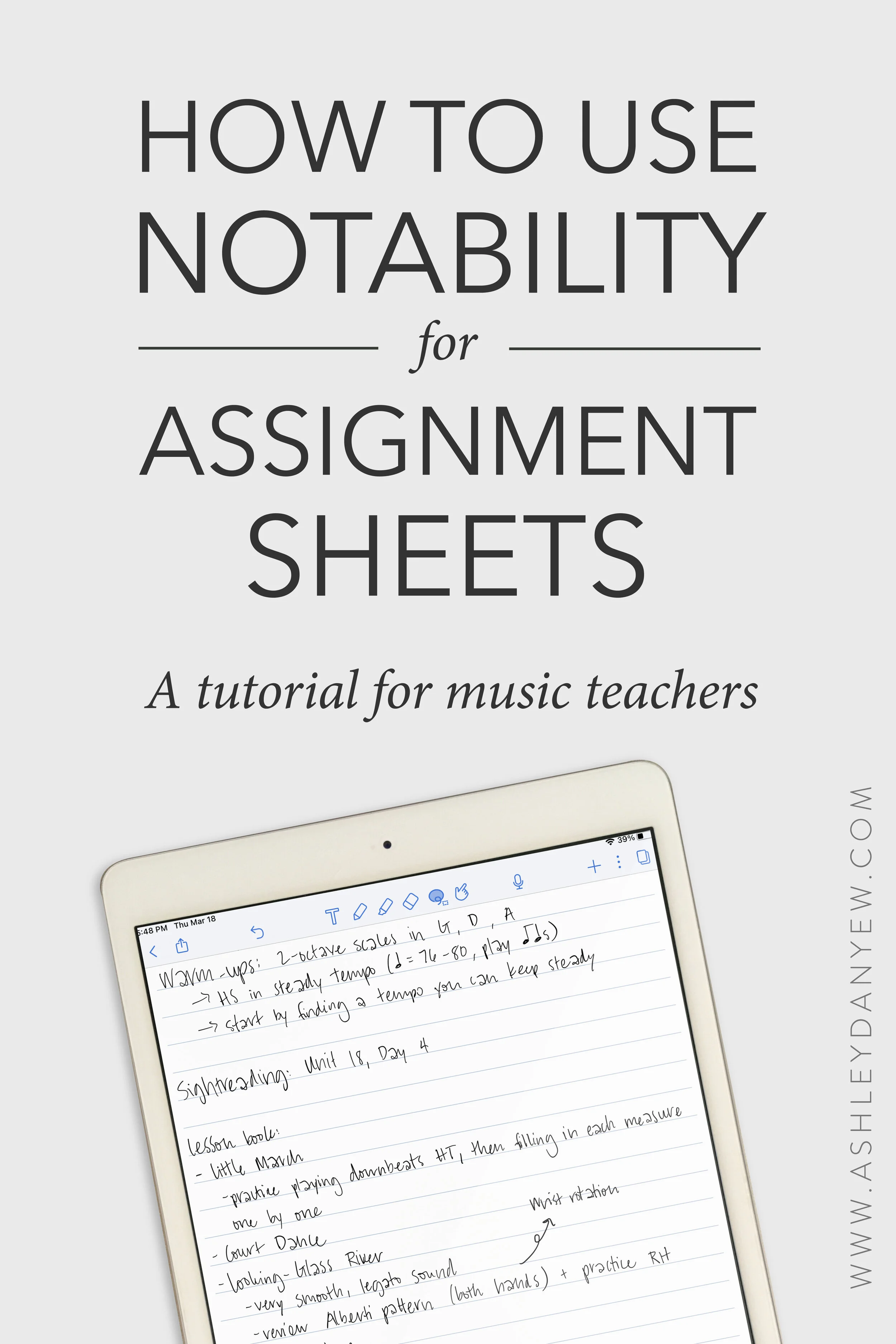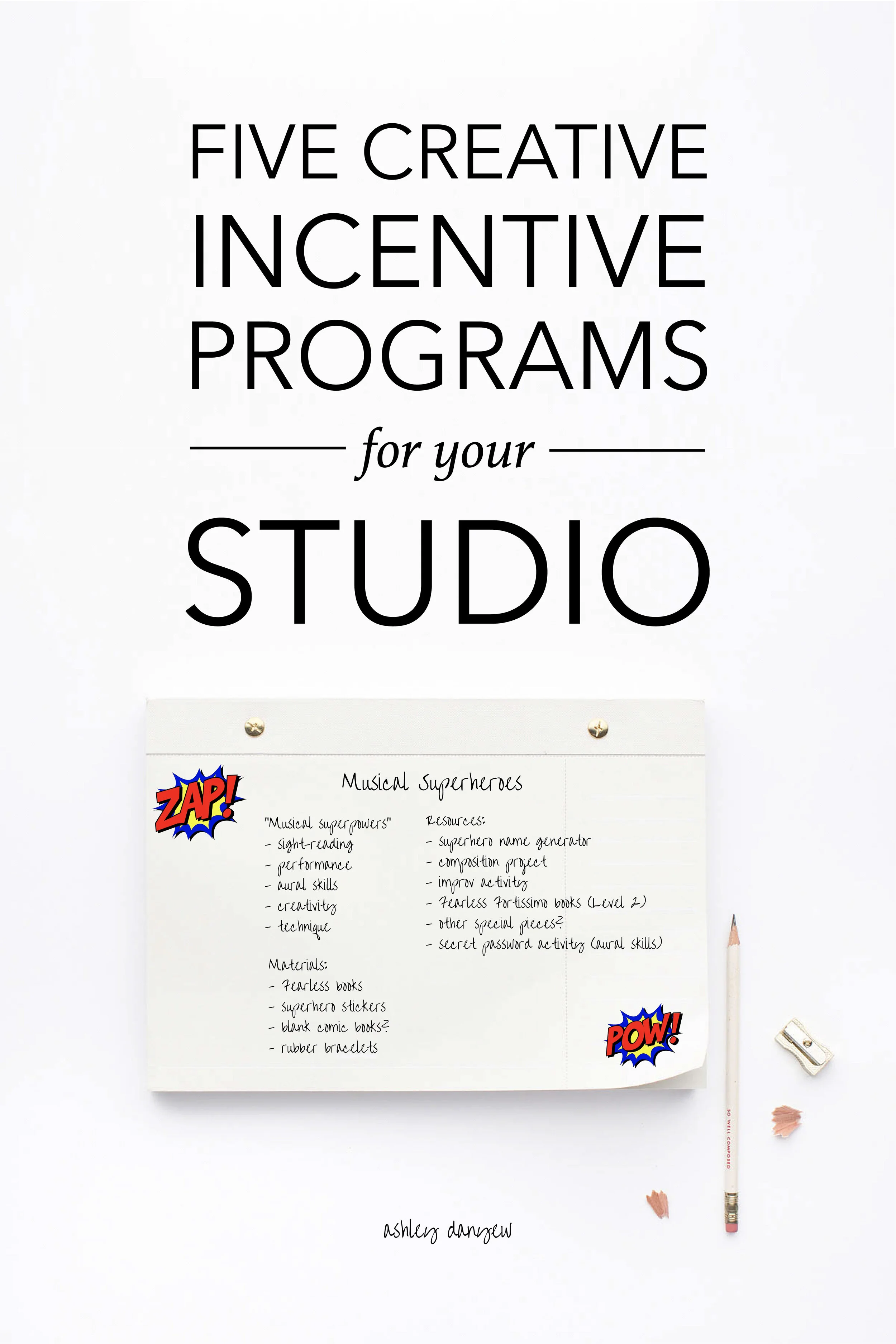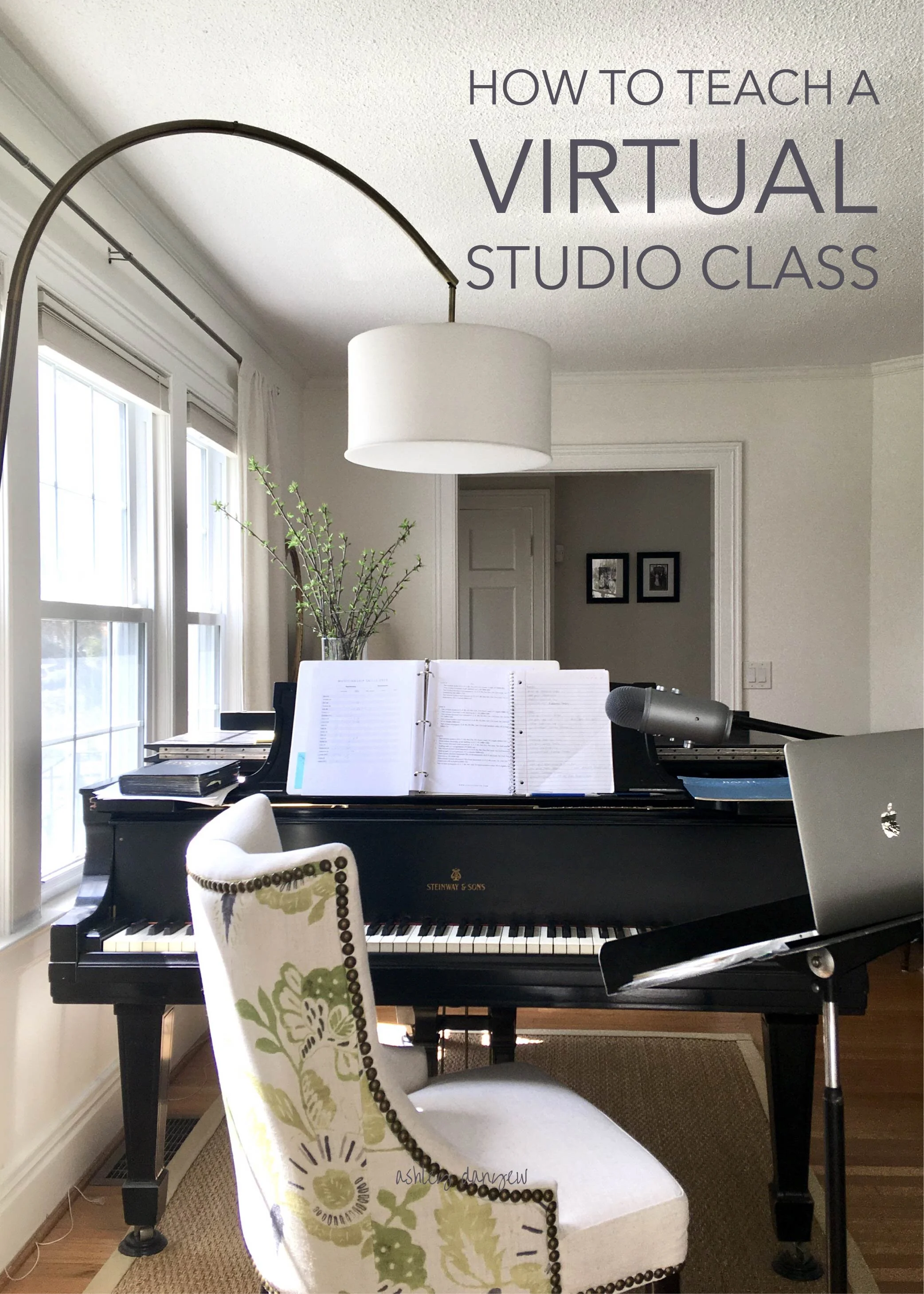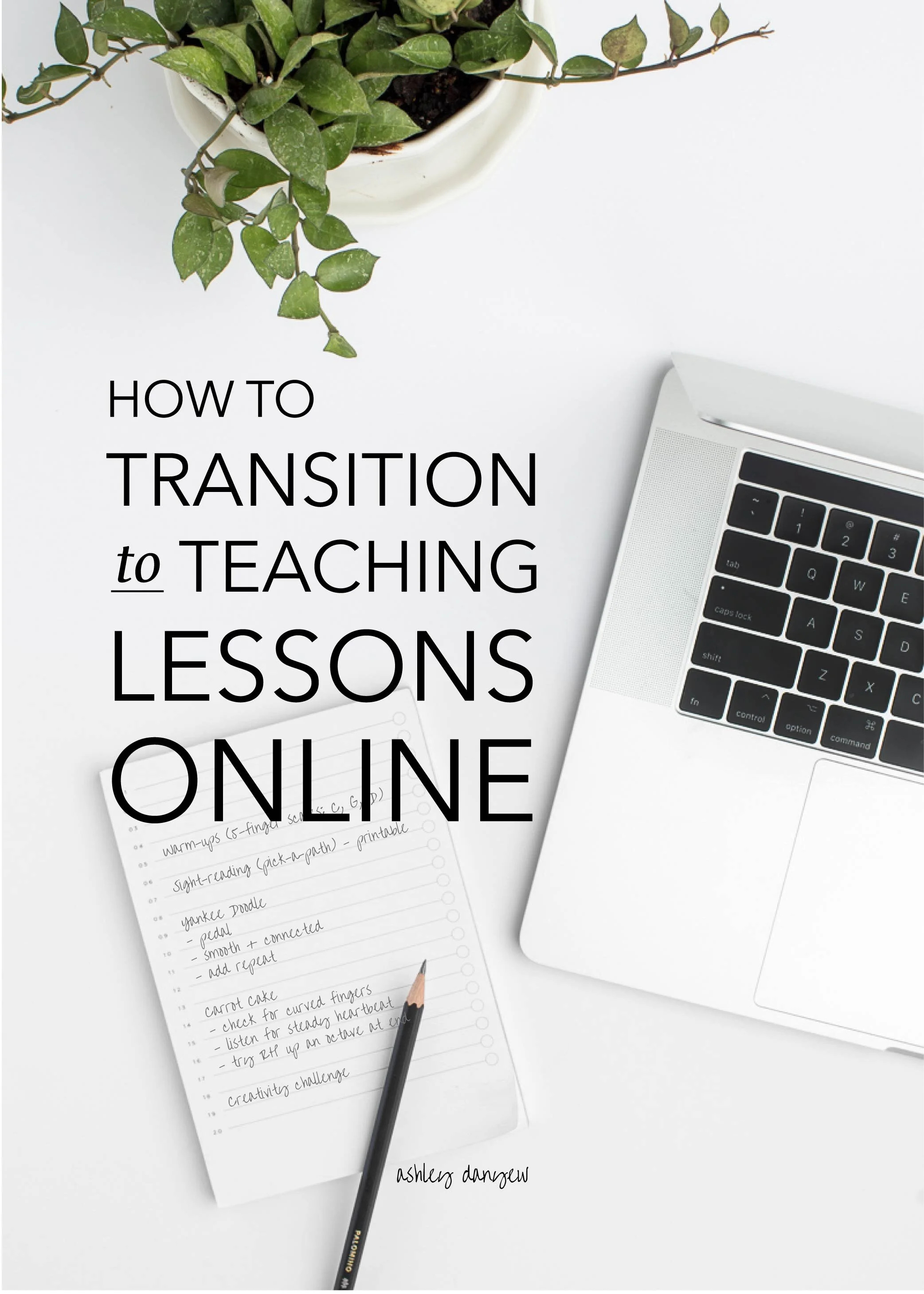We’ve heard it all before: the lore of work-life balance. Of doing it all, and doing it all well. And so we set out in search of the magical formula that will keep us in perfect balance, the solution to all our problems.
But secretly, we kind of wonder: is it real? Can it be achieved?
There’s been some debate as to whether or not this idea of balance between work and life is actually attainable.
The thing is, the word balance makes it feel precarious: the feeling we have when learning to ride a bicycle, that we might lose our balance and fall over at any moment.
(Not a great visual for life, just saying.)
According to sociologist Tracy Brower, work-life balance "sets up the idea that ‘work’ and ‘life’ are separate, even though success in one can help success in the other.” (source)
It can be hard to separate work from life and life from work. The two are intertwined and interconnected because, for many of us, we love our work. It gives us life. And life can also feel like work sometimes, so who’s to say which is which?
Choosing the Right Word
You probably think of your life as having more than just two categories: there’s work, family, health, hobbies, relationships, self-care, and more. What does it look like to balance all of these things?
Some people have suggested using a different word to describe this relationship: perhaps harmony or integration or rhythm. Here’s a look at what each of these words mean:
Balance: a condition in which different elements are equal or in the correct proportions.
Harmony: the quality of forming a pleasing and consistent whole.
Integration: combining (one thing) with another so that they become a whole.
Rhythm: a harmonious sequence or correlation of colors or elements
Interesting, right?
Notice how harmony and integration both focus on a cohesive, consistent whole. Balance is focused on appropriate proportions, while rhythm is more about cultivating a connection between disparate elements.
One thing I think we can all agree on?
It’s always changing.
There’s no such thing as a perfect balance where you can set everything up *just so* and then leave it alone. That’s not how life works. Schedules change, sickness happens, the weather affects things and we have to stay flexible and adaptable.
This dynamic movement between work and life, business and personal is something we tweak and adjust on a weekly and sometimes daily basis.
In short, we are constantly improvising.
Now, when I say improvising, I don't mean reacting in the moment or simply “making something up on the spot.” Improvising means planning and preparing in advance and then making decisions in the moment.
The great improvisers of the world have a bank of musical ideas to pull from—things they’ve practiced and prepared and learned and used before. And in the moment of their solo, they’re picking and choosing how they want to sequence them.
What does this look like in a practical sense? Here are a few helpful tips for developing a work-life rhythm that works for you.
How to Develop a Work-Life Rhythm As a Musician
*Disclosure: I get commissions for purchases made through links in this post.
1. Think in Terms of Work Seasons
One thing that’s helped me is to think in terms of work seasons. I know there are certain times of the year when I need to put more time, effort, and focus into my work: launching a new product, teaching a course, or preparing my students for a recital. I try to map out those things at the beginning of the year so I make sure that I have seasons of downtime in between—time to rest and take some time off, travel and visit family, and attend to any personal needs that may have come up—making doctor's appointments, taking the dog to the vet, working on house projects.
For you, maybe it’s the weeks leading up to Christmas or your Spring program that you know will be your busy seasons. Maybe it’s marching band season or summer camp or audition season or the months when you’re preparing for the school musical. Whatever it is, try to map out some downtime before and after. Think about the bigger picture and what it takes to create “a harmonious sequence” or a “pleasing and consistent whole.”
Remember, the choices you make are yours alone. They don’t have to look or sound like everyone else’s. This is your life, your rhythm.
Related resources:
Off the Clock: Feel Less Busy While Getting More Done (Laura Vanderkam)
Make Time: How to Focus on What Matters Every Day (Jake Knapp & John Zeratsky)
Essentialism: The Disciplined Pursuit of Less (Greg McKeown)
2. Make Clear Decisions
Improvising is about making decisions. You can’t start improvising a solo and then defer making decisions. Moving forward is contingent on making decisions.
The same is true in developing a sustainable rhythm for your work and life.
Moving forward in a healthy way means making decisions about how you spend your time, your energy, and your creativity. These are finite resources—we only have so much of them each day and each week—so we have to wise about how we use them.
Researchers indicate that adults make an average of 35,000 decisions a day (source), so decision fatigue is absolutely real. But to be effective at what you do, in work and life, you have to learn how to make decisions where it counts. Here are some helpful strategies and decision-making habits that might help.
Again, these decisions will change from day to day and week to week.
One week, you might devote more time and energy to eating well and getting enough sleep, which in turn will help you stay healthy and be more productive in your work.
The next week, you might devote more time and energy to planning a studio-wide incentive program because you’ve simplified other decisions in your life to free up the creative mental space to make that happen.
Related resources:
Decisive: How to Make Better Decisions (Chip & Dan Heath)
Smart Choices: A Practical Guide to Making Better Decisions (John S. Hammond, Ralph L. Keeney, Howard Raiffa)
Thinking, Fast and Slow (Daniel Kahneman)
Speaking of making decisions…
3. Choose How You Want to Spend Your Time
Sometimes, we can’t control time. The internet is slow one morning and it takes longer to look things up or you hit all red lights and it takes you 10 minutes longer to get to school. Sometimes, your inbox piles up and, like it or not, you need to spend an hour catching up and responding.
But sometimes, you can control how you spend your time. You can choose to be busy and constantly in motion or to build in some white space.
How are you spending your time?
Here’s an exercise to try:
Study how you spend your time this next week and then evaluate how this lines up with your ideal. Do the results surprise you? Do you want to spend more or less time in one area or another? Create boundaries where you need to and choose one small action step you can take the following week to start putting this into practice.
Related resources:
Step into the role of CEO and design a music career on your terms.
The Musicpreneur Model is the only online program + template suite designed specifically for self-employed classical musicians and music freelancers that teaches you how to build a diversified portfolio career in music (that supports you financially and artistically) + develop the skills you need to be a small business owner.
I’d love to hear your thoughts on this topic.
How do you view the relationship between work and life? What strategies do you use to create a sustainable rhythm?
Want to learn more?
Here are a few more resources that might help:
Establishing a work/life rhythm (Emily Ley)
These are the questions you should ask instead of “Do I have work-life balance?” (Anisa Purbasari Horton, Fast Company)
Work-Life Balance Doesn’t Exist. Aim for Work-Life Integration Instead. (Elizabeth Yuko, Thrive Global)
If a Clear Work-Life Balance Seems Impossible, Try These 3 Habits Instead (Julian Hayes II, Inc.com)
3 Tips for Work/Life Balance (Emily Ley)
Work-Life Balance Tips | 4 Steps to Take More Time Off (Ashlyn Carter)
37 Tips for Better Work-Life Balance (The Muse)




